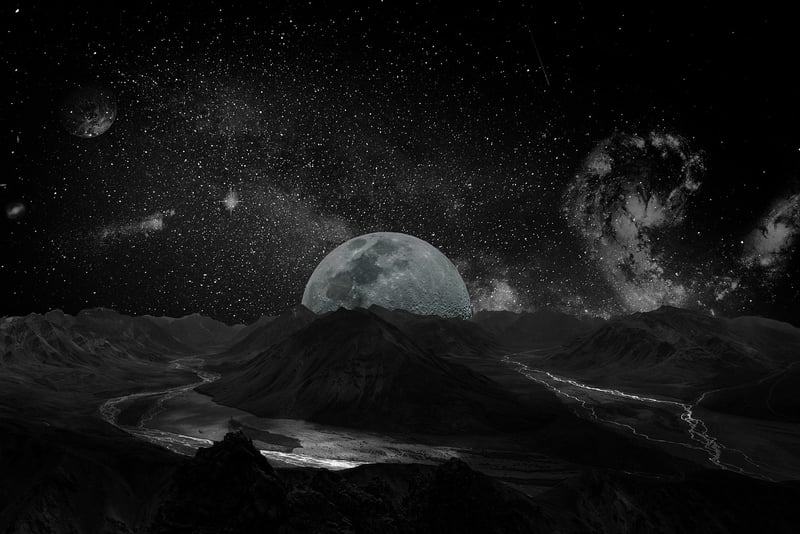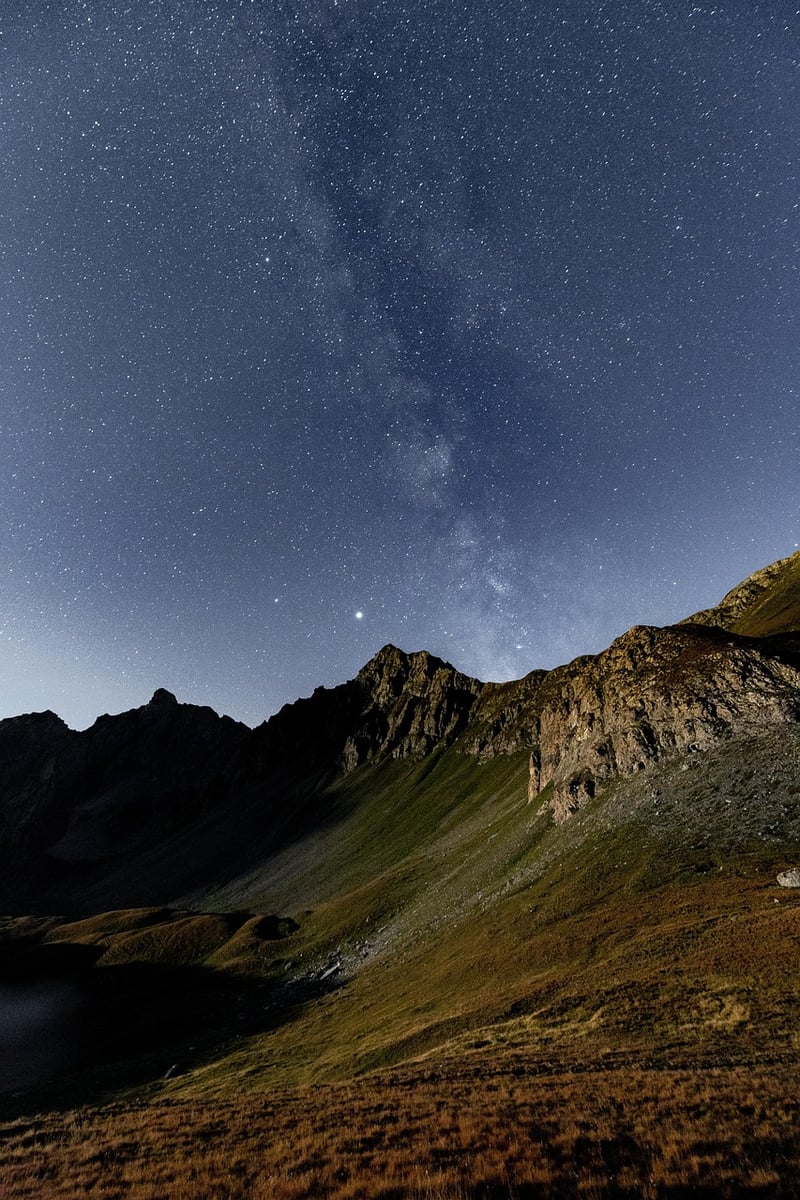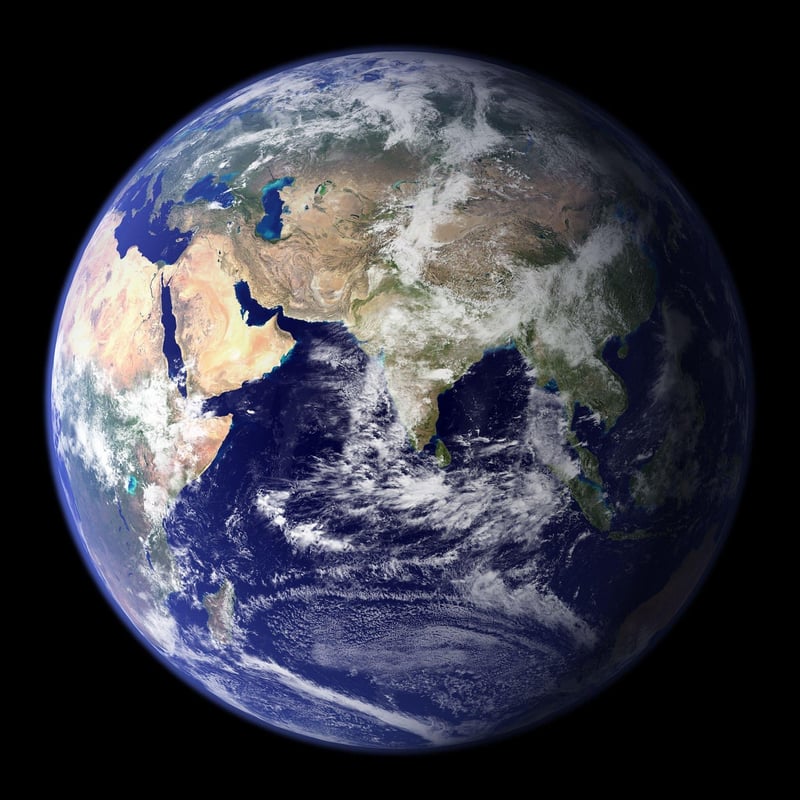Celestial Evolution
Exploring the Past: Celestial Evolution
Have you ever looked up at the night sky and wondered about the vastness of the universe and how it has evolved over time? Celestial evolution is a fascinating topic that delves into the history of our universe, the formation of galaxies, stars, and planets, and the processes that have shaped the cosmos into what we see today.
The Big Bang Theory
According to the Big Bang theory, the universe began as a singularity around 13.8 billion years ago and has been expanding ever since. This rapid expansion led to the formation of galaxies, stars, and other celestial bodies.

Formation of Stars and Planets
Stars are born from large clouds of gas and dust called nebulae. The force of gravity causes these clouds to collapse, forming a protostar that eventually ignites and becomes a star. Planets, on the other hand, are formed from the leftover materials in the protoplanetary disk surrounding a young star.

Life Cycle of Stars
Stars go through a life cycle that can span billions of years. They begin as protostars, evolve into main-sequence stars where they spend most of their lives, and eventually end as white dwarfs, neutron stars, or even black holes.
The Fate of the Universe
Scientists theorize that the universe will continue to expand indefinitely, eventually leading to the "heat death" where all energy dissipates and the universe reaches a state of maximum entropy.

Conclusion
Celestial evolution is a captivating field that helps us understand the origins and future of the universe. By studying the processes that have shaped celestial bodies over billions of years, we gain insights into our place in the cosmos and the remarkable journey of the universe.
Next time you gaze up at the night sky, remember that you are witnessing the ongoing story of celestial evolution.
